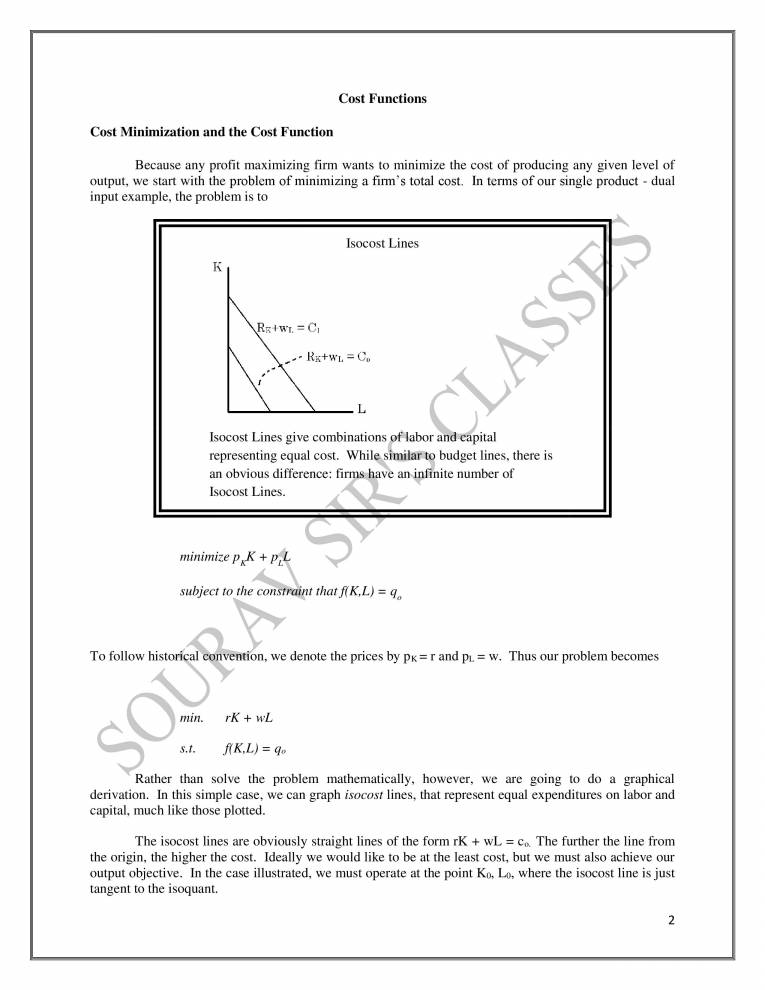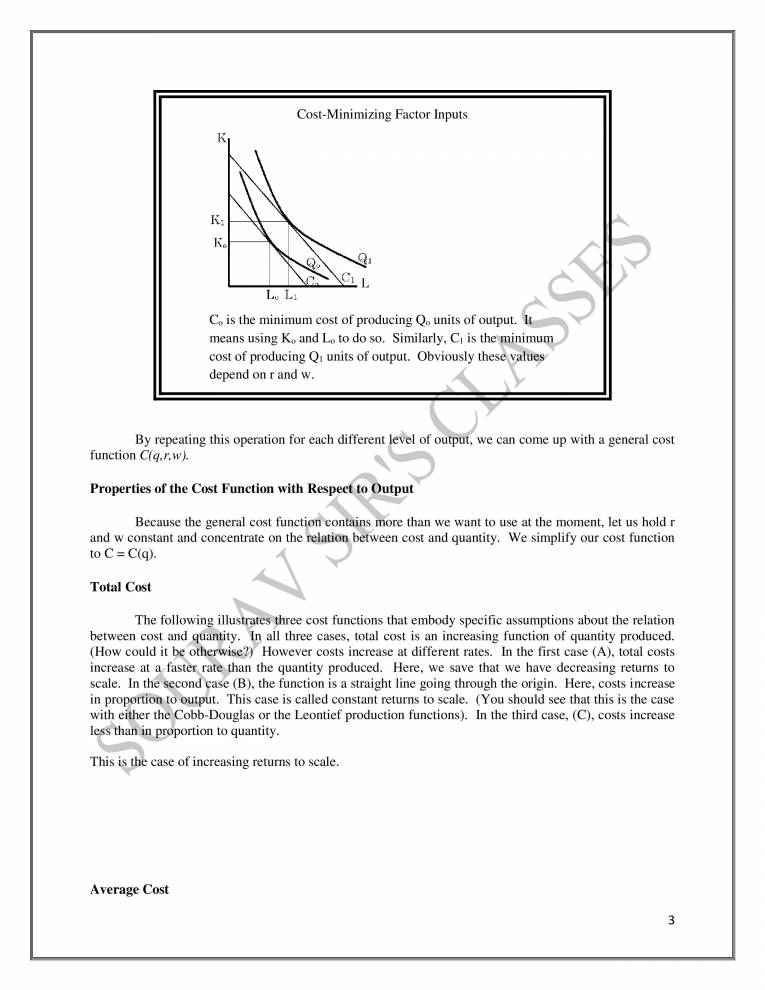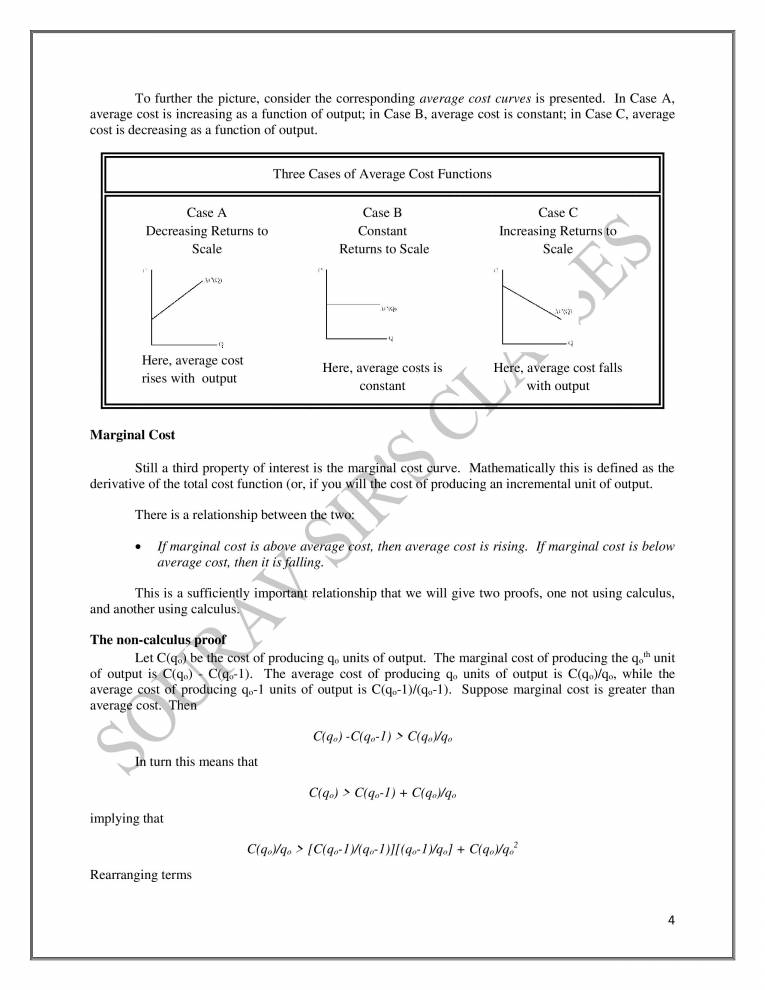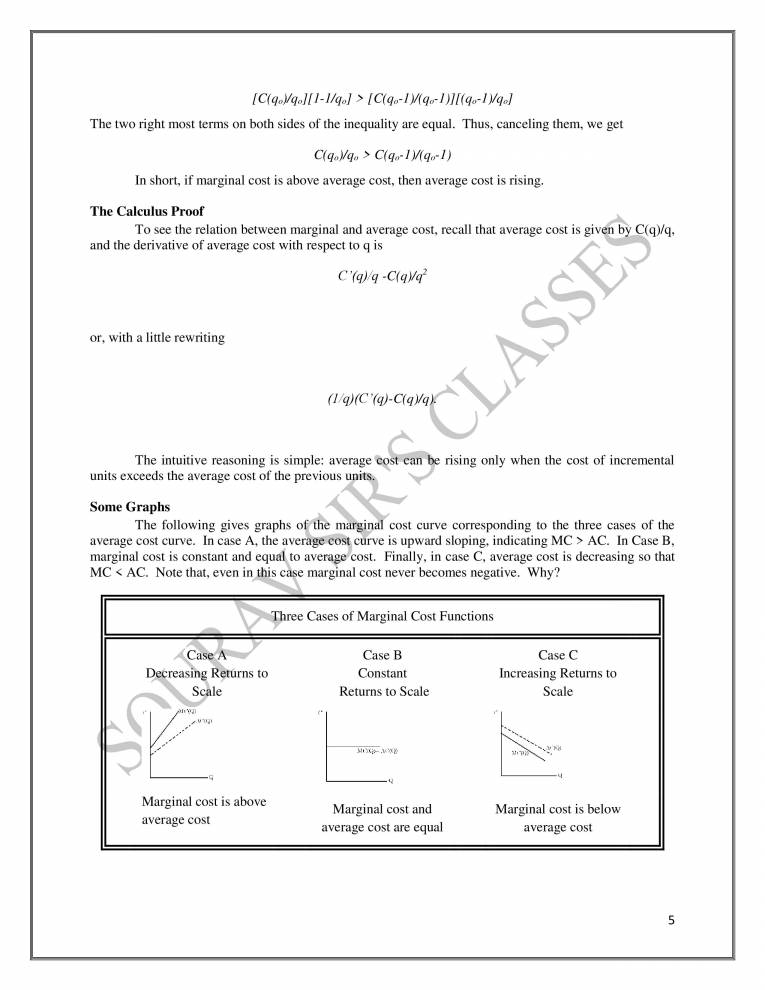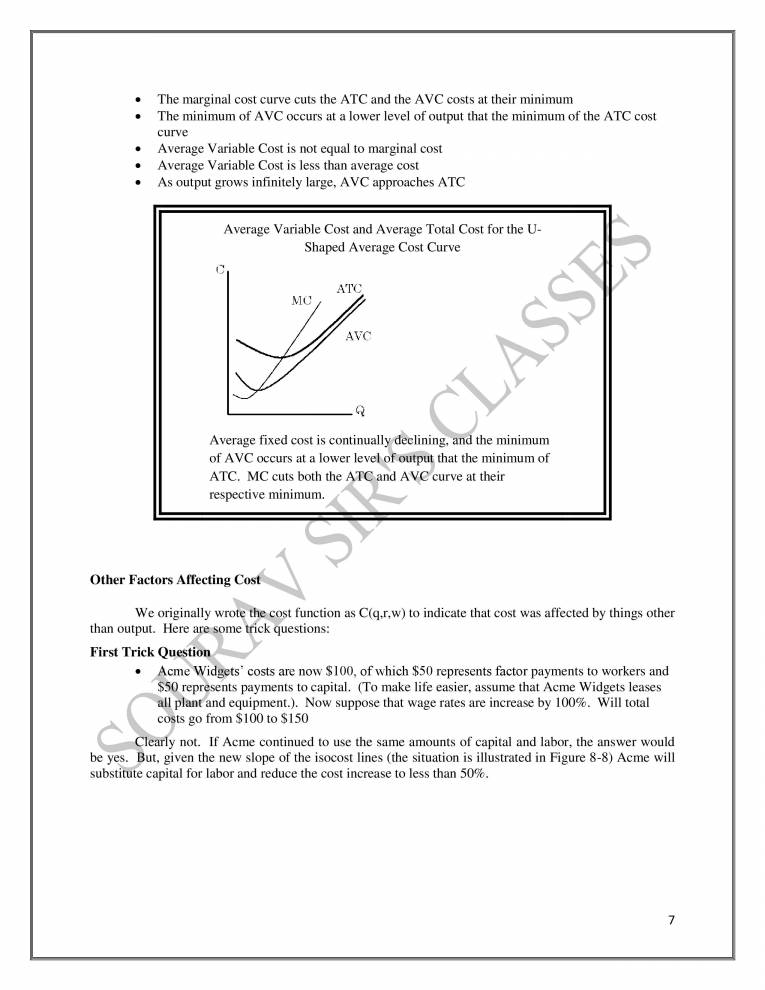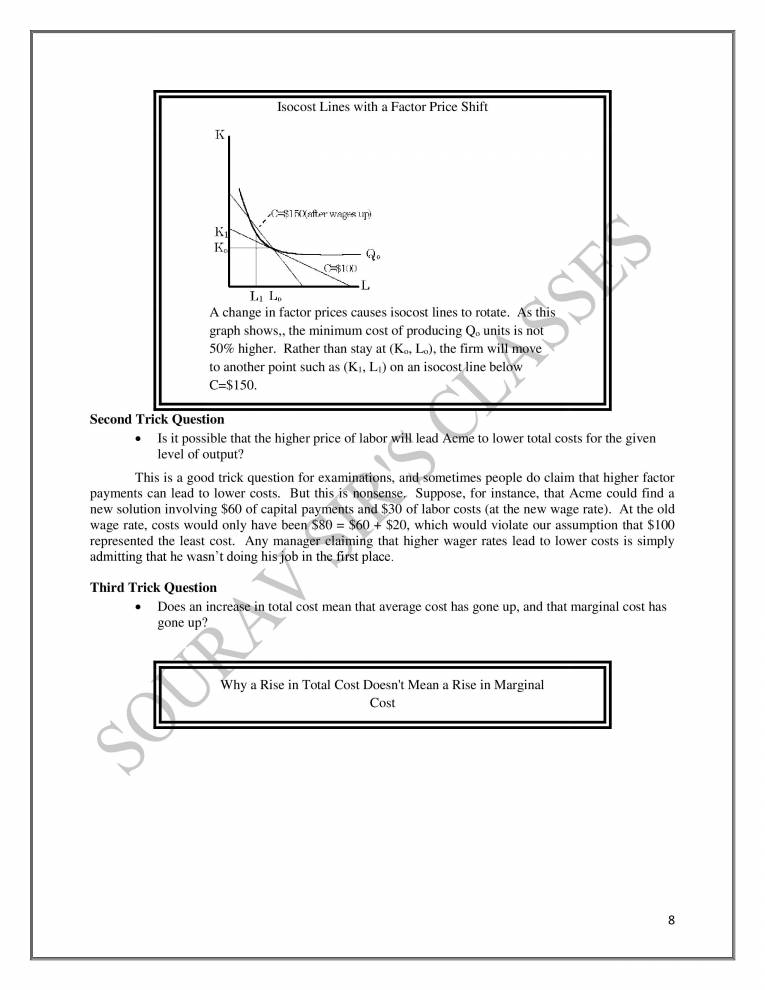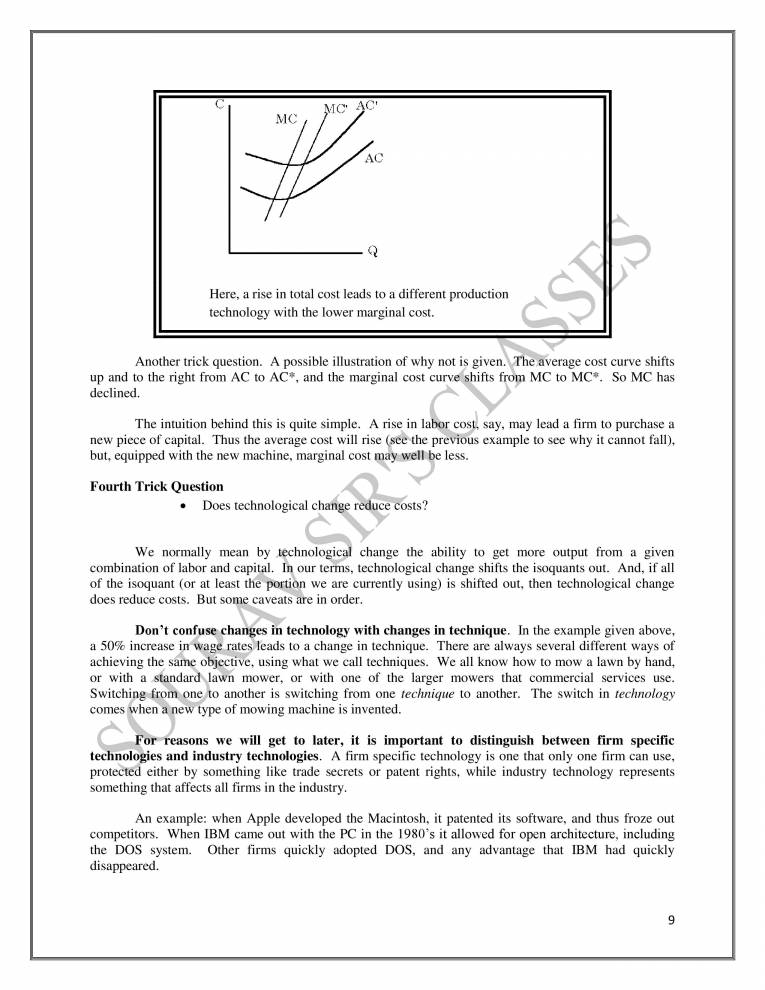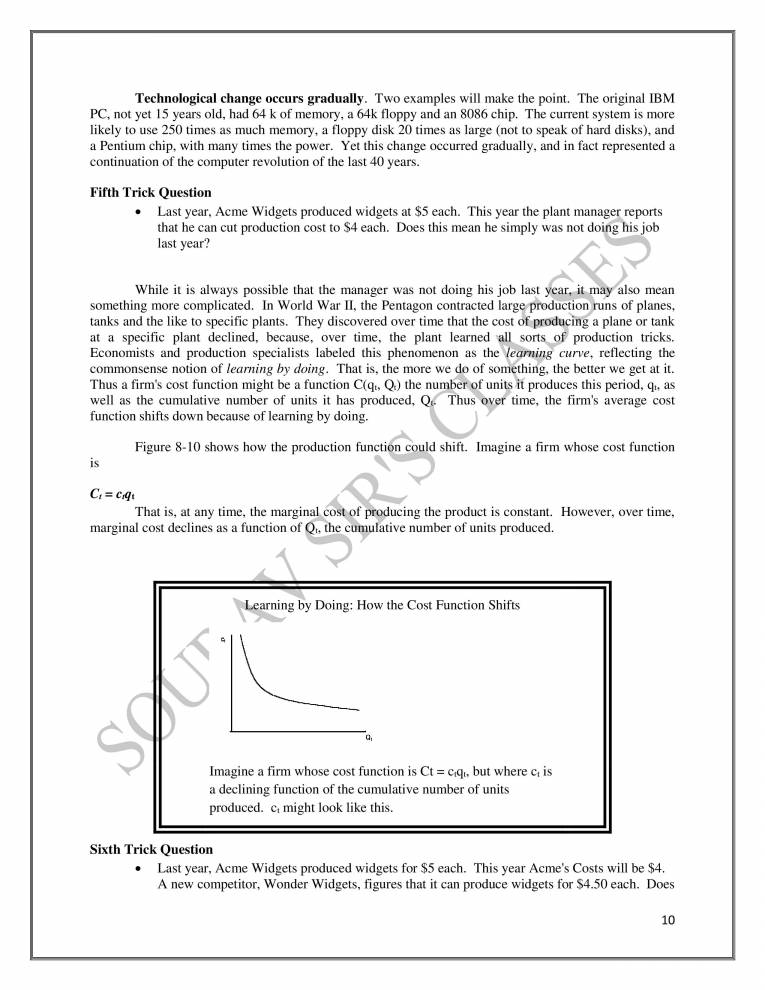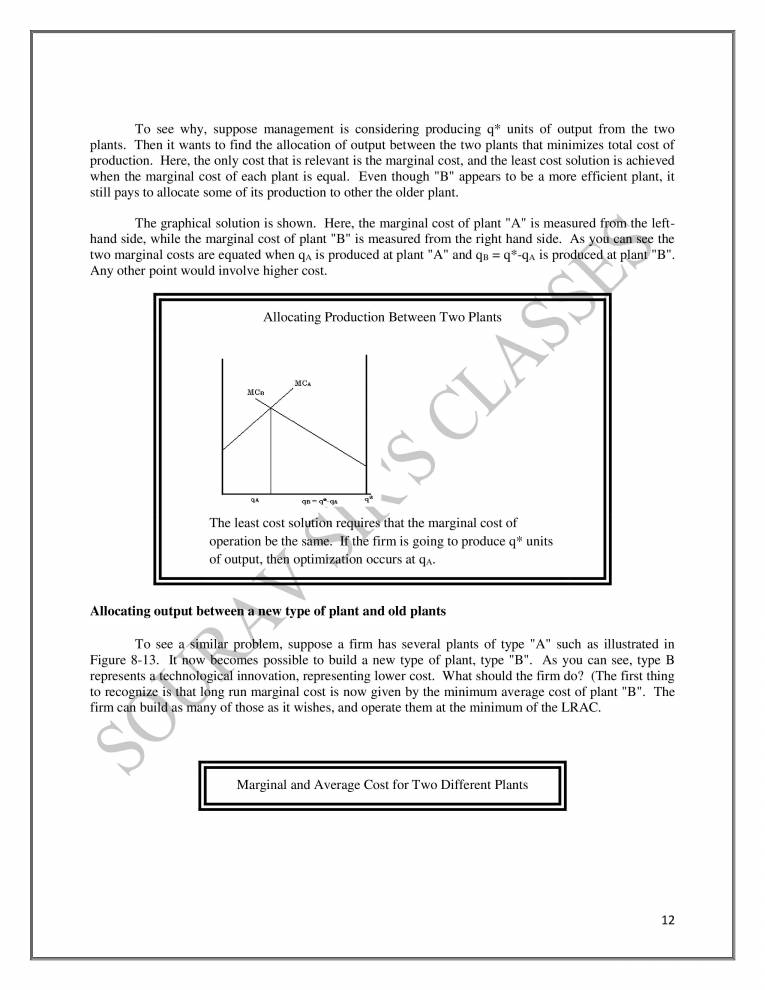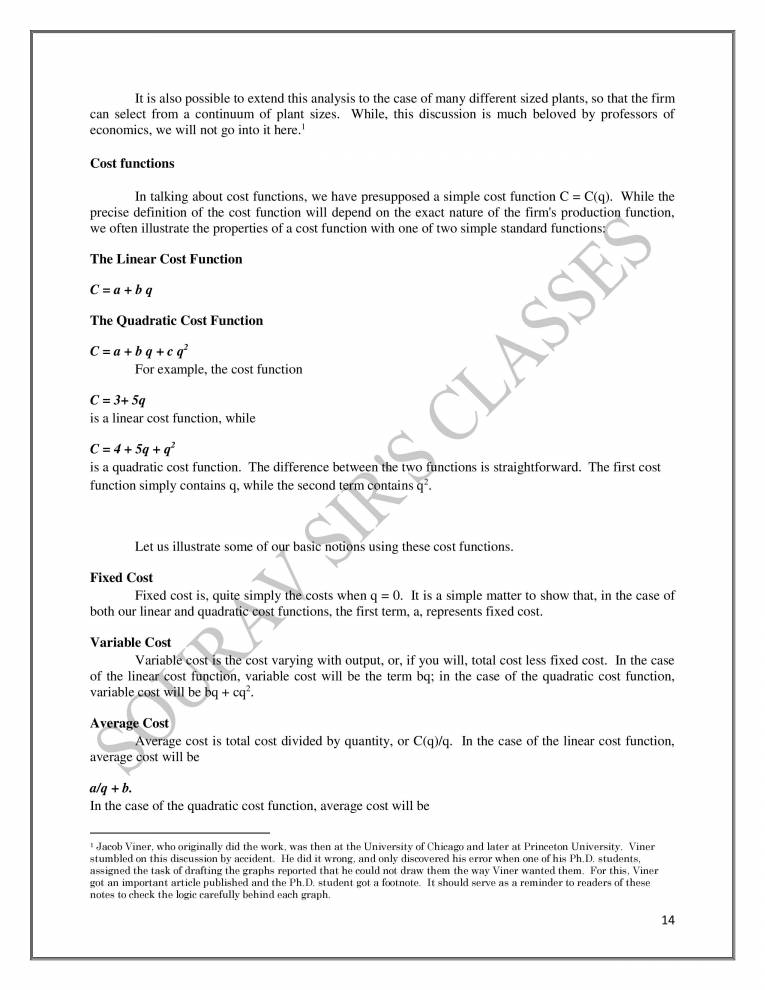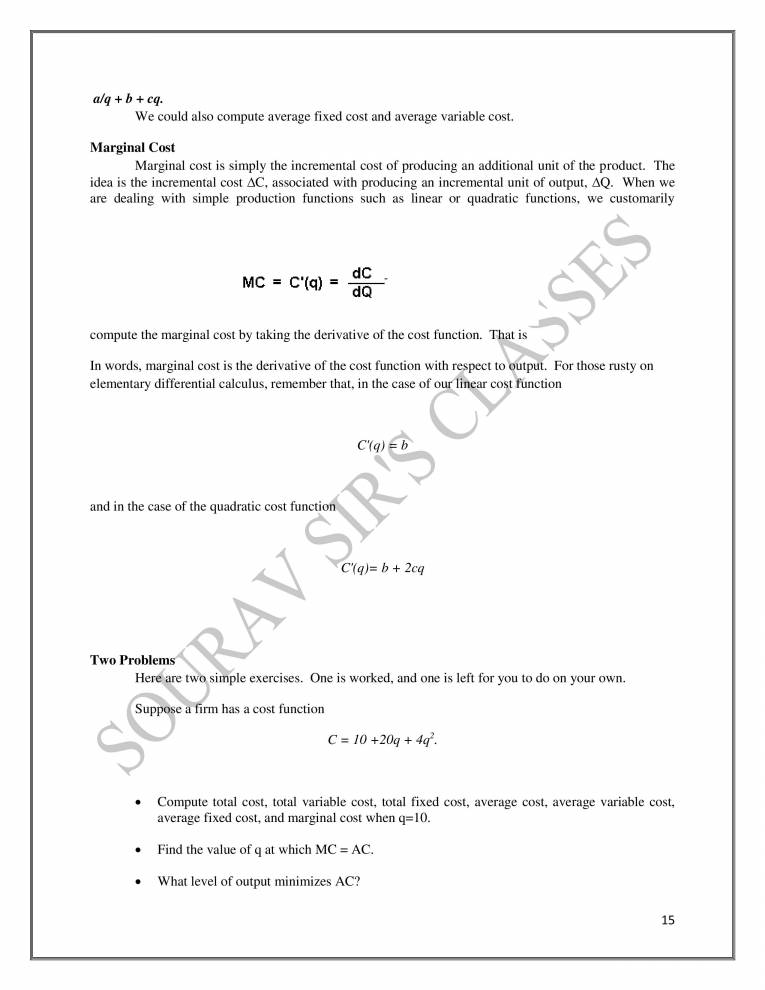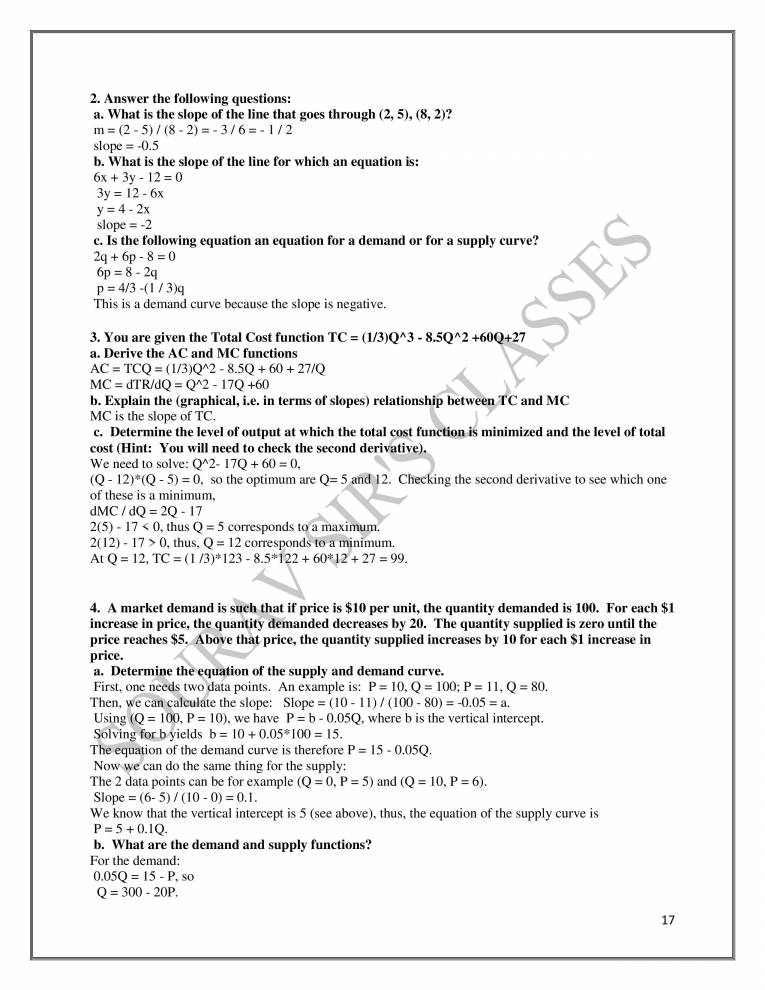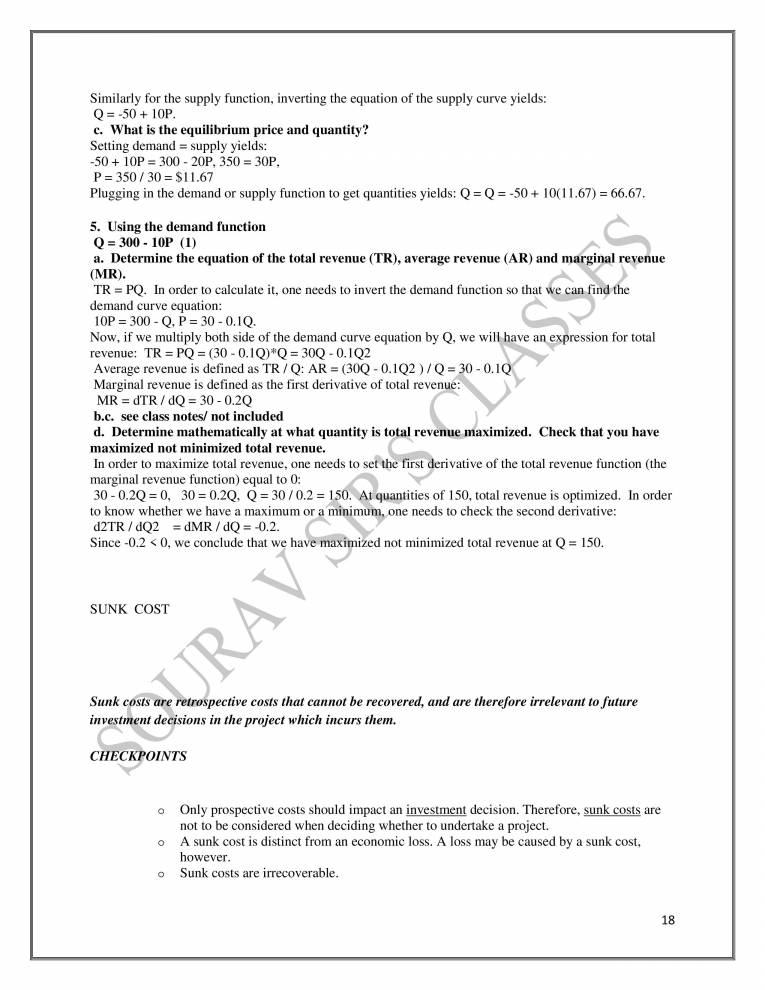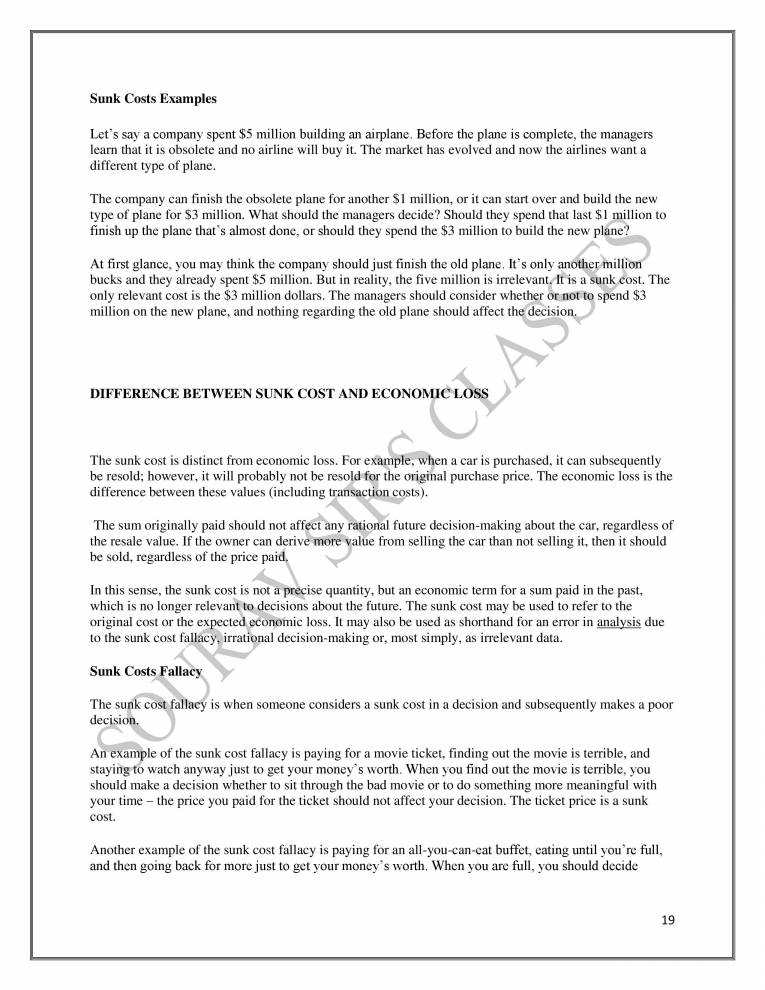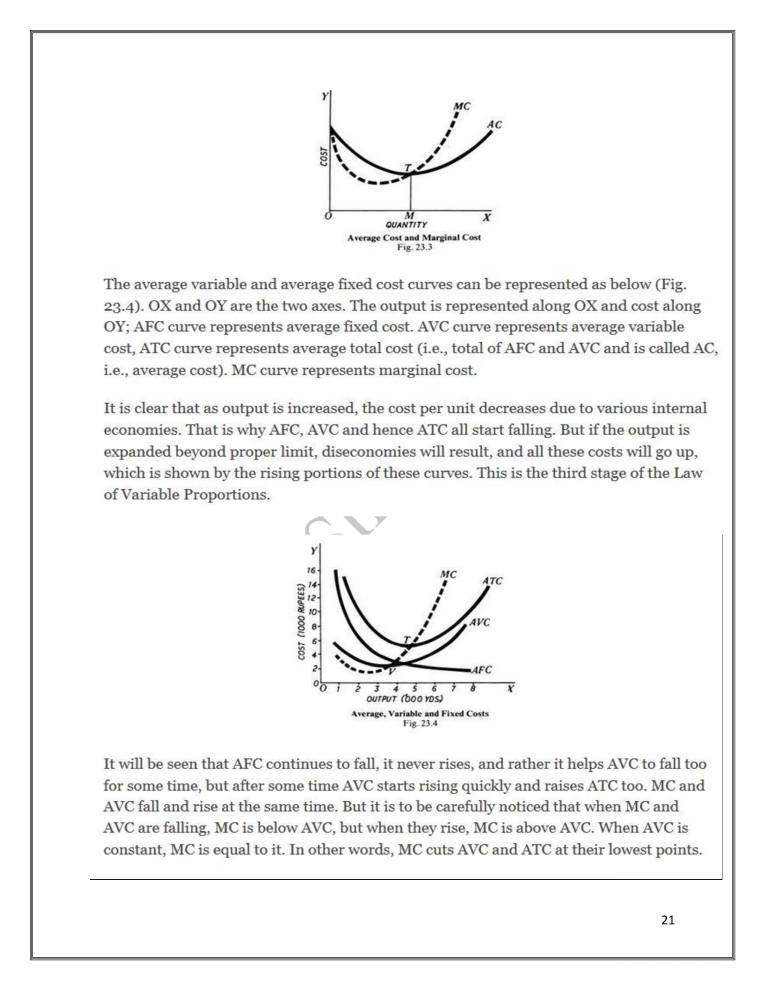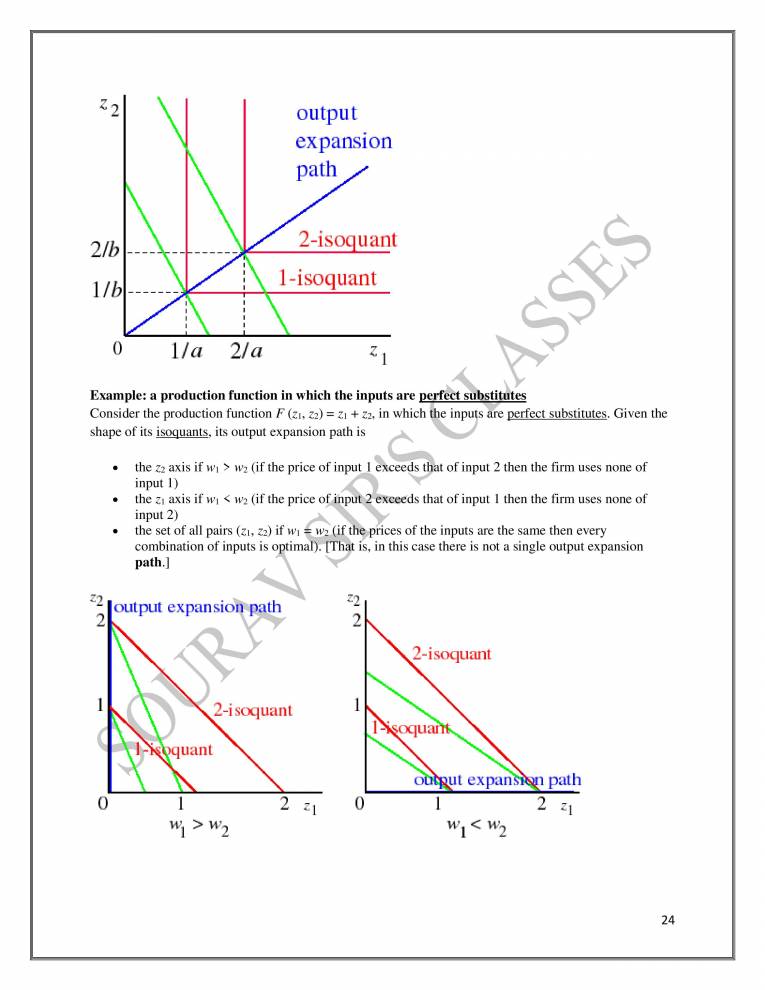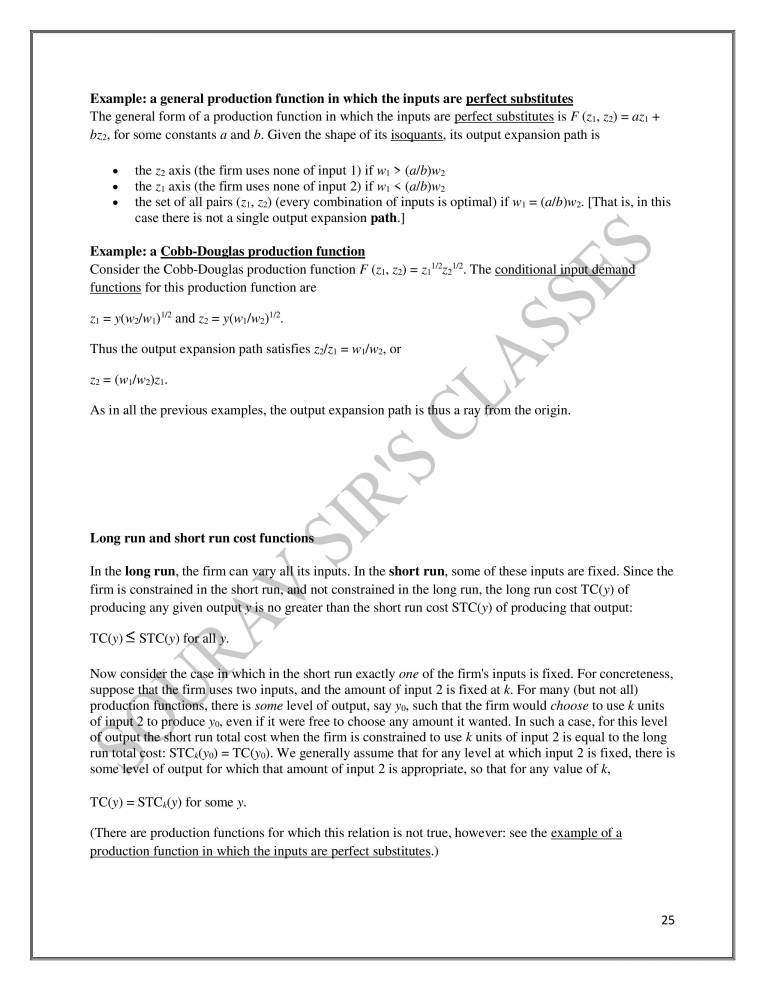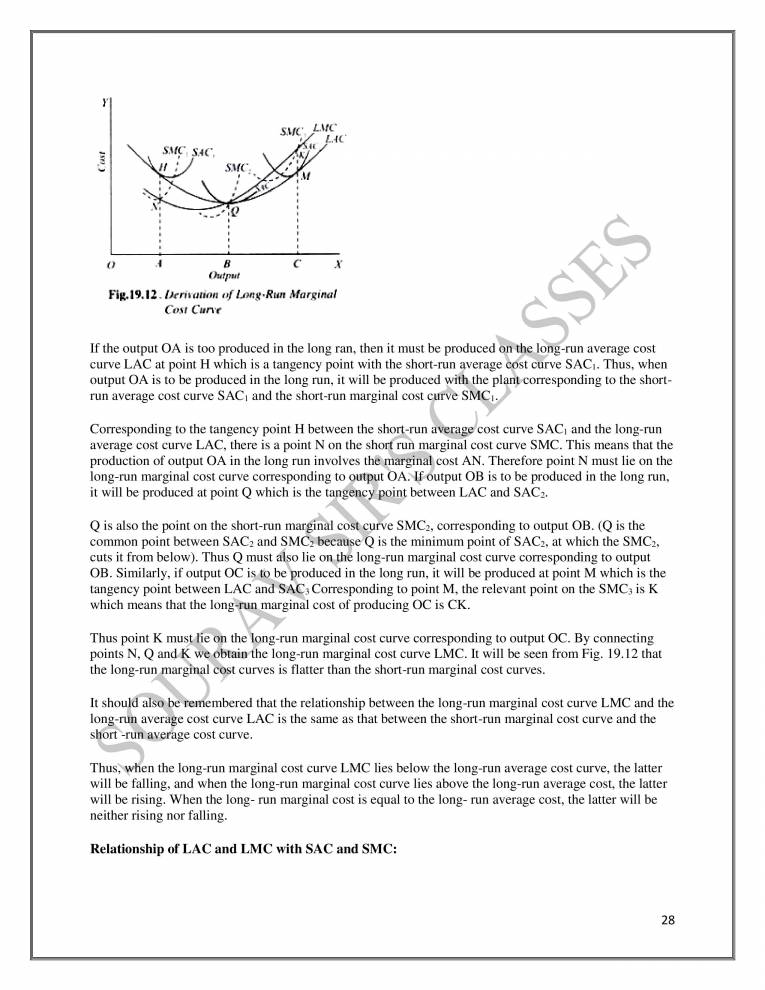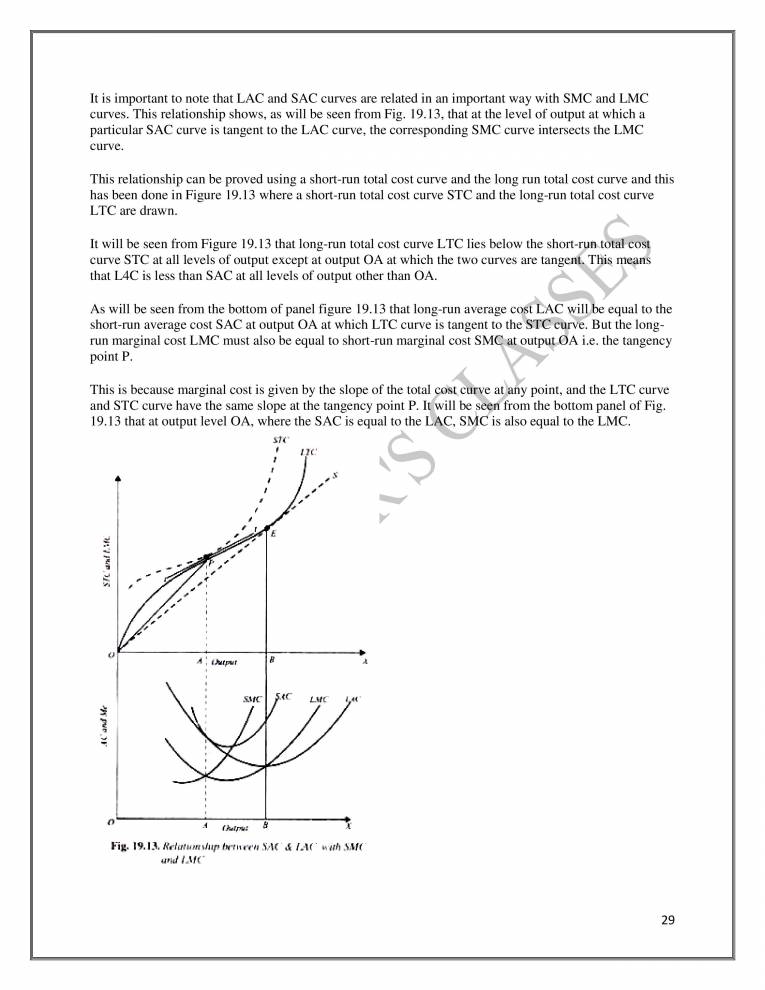Sourav S / Kolkata
year of teaching experience
Qualification:
Teaches: Abacus Training, Calligraphy, Communicative English, Content Writing, Creative Writing Classes, Handwriting, Indian National Mathematical Olympiad (INMO), Language, Mental Maths, Olympiad Exam Preparation, Personality Development, Regional Mathematical Olympiad (RMO), Speech & Drama, Spell Bee Training, Vedic Maths, Advanced Excel, Basic Computer, Computer for official job, GST Training, MS Office, School level computer, Tally ERP 9, Accent Training, Accounts, Banking & Finance, Book Keeping, BPM Training, Business Analytics, COBIT Certification, Coding & Programming, Customer Service, Data Entry, DSA, E-Commerce, e-Filing, Financial Management, Forex Trading, Freshbooks, Healthcare Management, HR/Personnel, Import & Export, Insurance Training, Investment Training, ITIL Training, Journalism/Writing, Leadership Skills, Marketing Training, MIS Training, PMP Certification, Project Management, Quickbooks, Sales Training, SAP Training, Shipping & Logistics, Six Sigma Training, Soft Skills, Stock & Share Trading, Zoho CRM, ACCA, CA - CPT, CA - Final, CA - IPCC, CA Foundation, CA Intermediate, CFA, CFP, CIMA Certification, CMA Final, CMA Foundation, CMA Intermediate, CMA-CPA-ACCA-CIMA, Corporate Laws, CPFA, CS - Executive, CS - Foundation, CS Professional, Direct Tax Laws, ICWA & ICWAI, Management Subjects, All Subjects, Computer, English, Geography, Hindi, History, Mathematics, Science, Special Education, Accountancy, Algebra, Anthropology, Arts Group, Bio Technology, Biology, Botany, Business Economics, Business Mathematics, Business Organisation, Business Studies, Chemistry, Commerce Subjects, Commercial Arts, Computer Science, Costing, Economics, Education, Enterprenuership, Fashion Study, Food & Nutrition, Home Science, Income Tax, Indirect Tax, Information Practice, IT & Computer Subjects, KVPY Exam, Legal Studies, Logic, Philosophy, Physical Education, Physics, Physiology, Political Science, Psychology, Sociology, Statistics, Zoology, Bengali, EVS, Marathi, NSTSE, NTSE, Actuarial Science, Agriculture, Auditing, B.Arch Tuition, B.Com Tuition, B.Ed Tuition, B.Sc Tuition, B.Tech Tuition, BA Tuition, Bachelor of Tourism Administration, BBA Tuition, BCA Tuition, Behavioral Science, Bio-informatics, Bio-medical, BMS Tuition, BTTM, Business Law, Business Statistics, Civics, Cooperative Accounting, Corporate Accounting, Direct Tax, Electronics, Financial Reporting, General Knowledge, Hotel Management, Human Anatomy, Human Resource, Inorganic Chemistry, IT, M.Com Tuition, M.Ed Tuition, M.Sc Tuition, M.Tech Tuition, MA Tuition, Mass communication, MicroBiology, Organic Chemistry, Pharmacy, Polytechnic, Public Administration, Taxation, ACET, AFCAT, AMAESI, Bank Clerical, Bank PO, CDS/OTA Exam, CSAT, CSEET Exam, CTET, CWE Coaching, Defence Exams, DMRC Entrance, DSSB, EAMCET, EPFO, Food Inspector Exam, Forest Department Exam, GIC, GPSC, GUJCET, IAS Preparation, IBPS, IBPS PO, IES Exam, IISER Exam, Insurance Exams, IPS Exam, ISI Exam, KARTET Exam, KAS Exam, KPSC Exam, LDC Exam, LIC, MHT CET, MPPSC, Municipal Service Commission Exams, NDA, NIRRH, NPTT, NTPC Exam, NTT, PCS Exam, PDO exam, Police Department Exam, PSC Exam, PSU Exam, PTT, PWD & CPWD, Railways Exams, RBI Exam, RRB, RRB JE, RRB NTPC Exam, SBI Exam, School Service Commission, SEBI Exam, SSB Exam, SSC CGL Exams, SSC Exams, SSC JE, Sub-Inspector Exam, TEF Exam, TNPSC, TOPIK Exam, UGC Exams, UPESEAT Exam, UPPSC Exam, UPSC Exam, WBCS, Big Data & Hadoop, Cloud Computing, Data Structures, DBMS & RDBMS, MongoDB, Oracle Training, PL/SQL, Qlikview, R Programming, Tableau, B.Ed, BBA, BCA, MBA, MCA, PG Diploma, AIEEE, AMIE, AMITE, AP EAPCET, AP ECET, Architecture, BCA Entrance, BITSAT, CET, GATE Exam, IIT JAM, IIT JEE Advanced, IIT JEE Mains, JECA Exam, JELET, JEXPO, KEAM, MCA Entrance, NATA Exam, NIMCET, Polytechnic Entrance, TE EAMCET, TS EAMCET, WBJEE, Aeronautical, Aircraft Engineering, Automobile Engineering, Chemical, Civil, Drawing, Electrical, Electronics And Communication, Engineering Graphics, Instrumentation, Mechanical, Mechanics, Production, Simulation Design, Software Engineering, Business English, Corporate Communication, Effective Communication, IELTS, Public Speaking, Spoken English, TOEFL, Musical & Dance Programs, Summer Camps, Training Programs, Workshops & Seminars, Adobe Tools, Corel Draw, DTP, Flash, HTML Training, Multimedia, Page Maker, Photoshop, Special Effects, Video Editing, Kids Gym, Physical Development, Pilates, Play Gym, Yoga, Arts / Crafts, Astrology, Interior Designing, Chinese, Danish, French, German, Administrative Laws, Civil Laws, CLAT, Company Laws, Constitutional Law, Contract Act Laws, Criminal Laws, Jurisprudence, Law Entrance, LLB, LLM, Tax Laws, XLAT Exam, Bachelor of Hospital Administration (BHA), BBA Entrance, BBA Subjects, BBM, BHA, Business Management, Corporate Finance, Finance, Human Resource and Marketing, International Business Marketing, MBA Entrance, MHA, MTTM, AICEE, AIIMS, AIPG Exam, AIPMT, BDS, COMEDK Exam, MBBS Tuition, MCI Exam, MDS Exam, Medical Entrance Exams, NEET, PG Medical, PLAB 1 Exam Preparation, PLAB 2 Exam Preparation, Counting Skills, Drawing / Painting, Nursery Rhymes, Reading Skills, Story Telling, Writing Skills, Phonics, .Net, C, C++, C# (C Sharp), Java And J2EE, Python Programming, Visual Basic, AE Script, Java API, Learning Disabilities, Slow Learners, 3D Printing, Advanced Maths, Lego Programming, Robotics, ACT Exam, FMS, GMAT, GRE, NBDE, NCLEX, NMSQT, OET, PSAT, PTE, SAT, Study in Australia, Study in Canada, Study in China, Study in Dubai, Study in Europe, Study in Germany, Study in Ireland, Study in New Zealand, Study in Norway, Study in Singapore, Study in UK, Study in USA, TOEIC, USMLE, Android Training, Artificial Intelligence (AI), BCA Subjects, Blockchain, Hardware Training, IBM Training, Informatica, IT & Commerce, Networking, SaaS, Software Testing, ACCA Training, ACS, AIEED, AILET, BBE Exam, CAT Exam, CEEB, CEED, CMAT, CUET Exam, DSC Exam, DU JAT Exam, ESI Exam, Fashion Designing, GAT Exam, GOAT, GPAT, Hotel Management Entrance, IBSAT, IFRS, IIFT, IIM Exam, IIMC Entrance Exam, IPMAT, JIPMER, Judicial Services, KMAT, LNAT Exam, LSAT, MAT, MCAT, MICA, MPSC, NEST, NET, NID, NIFT, NIOS, NISM, NMAT, NMIMS Exam, NPAT Exam, PET Exam, SET, SLET Exam, SNAP, TANCET, TET, TIFR, TISS BAT Exam, TISSMAT Exam, TISSNET, UGC Net, XAT, AJAX Training, Digital Marketing, Drupal, Java Script, Joomla Training, Wordpress Training
 Hire a Tutor
Hire a Tutor 


